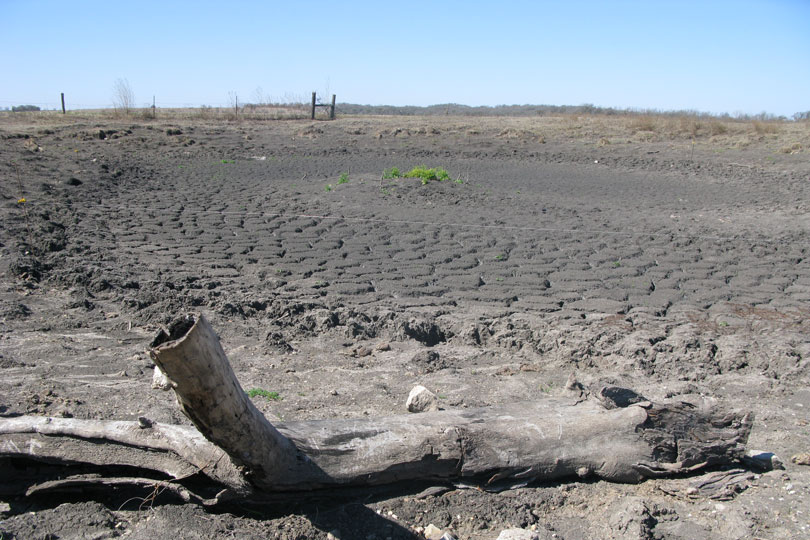By Justin Walker
Communications Specialist
Drought continues to impact a significant portion of Texas, with 43 percent of the state suffering from drought conditions.
That’s up slightly from 39 percent a week ago, but down from 71 percent three months ago, according to the Water Weekly report from the Texas Water Development Board (TWDB).
Recent rainfall brought some relief to limited areas, according to TWDB. But much of the state continues to suffer from lack of precipitation.
The Texas Panhandle continues to go without significant rainfall, with intensity levels of extreme and exceptional drought across many counties. Earlier this month, a massive wildfire burned more than 73,000 acres across Armstrong County. A pyrocumulus cloud developed above the fire, which contributed to a severe thunderstorm that hit the area.
Aaron Ward, a meteorologist for the National Weather Service (NWS) in Amarillo, said it is rare for thunderstorms to develop in such a way.
“It’s a unique event, and it doesn’t happen often,” he said.
According to the NWS, most of the Panhandle has received less than two inches of rain since March 19.
Early last week, the U.S. Department of Agriculture (USDA) declared four Texas counties as primary natural disaster areas. Bandera, Maverick, Real and Uvalde have all experienced losses and damages caused by the recent drought.
Eligible farmers and ranchers in these counties have eight months to apply for loans from the Farm Service Agency’s (FSA) emergency loans.
There are also other available programs for farmers and ranchers who do not meet the qualifications for the emergency loans. For more information on those, click here.
Conditions in Central, East and Southeast Texas are much better than western portion of the state, but farmers and ranchers are still concerned as summer approaches.
Forecasters believe a slow-developing El Niño will mean normal weather patterns this summer, but substantial rains could arrive in late summer and fall and possibly last until winter.

